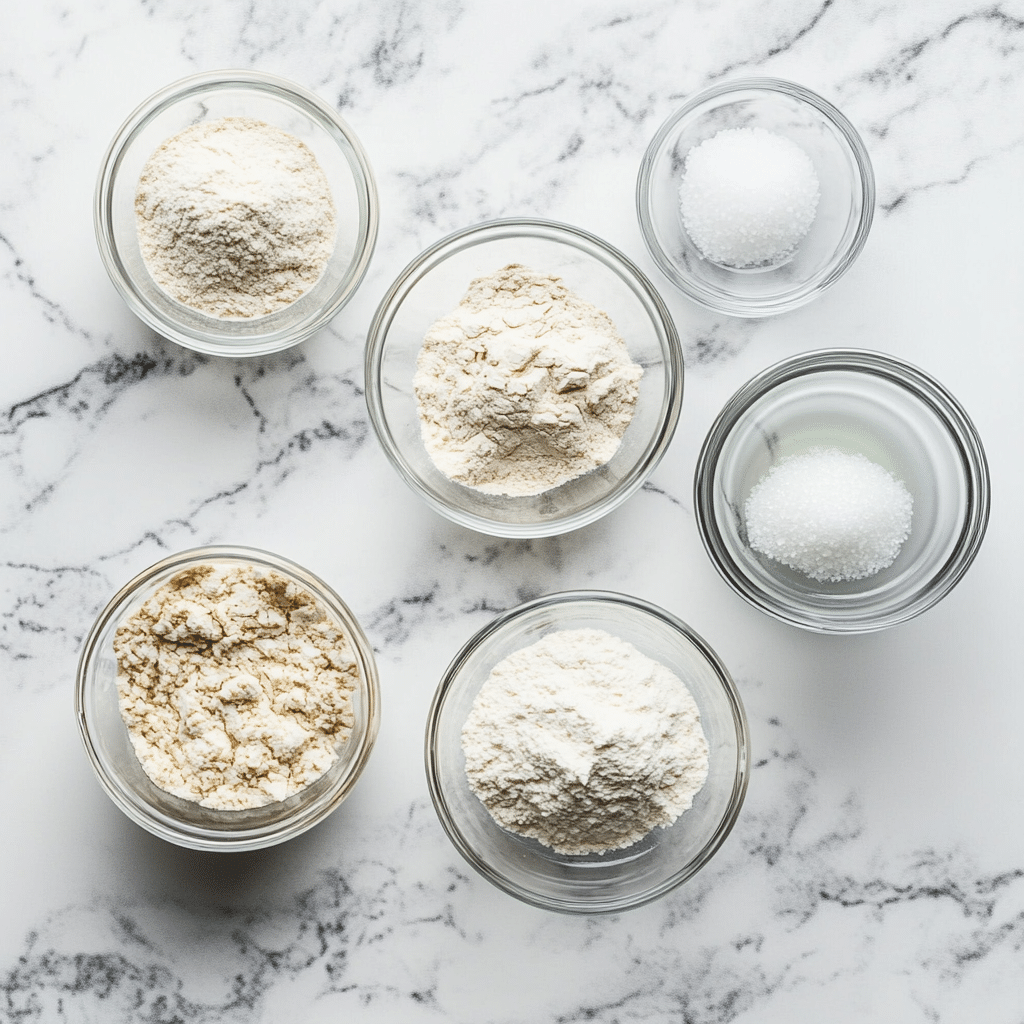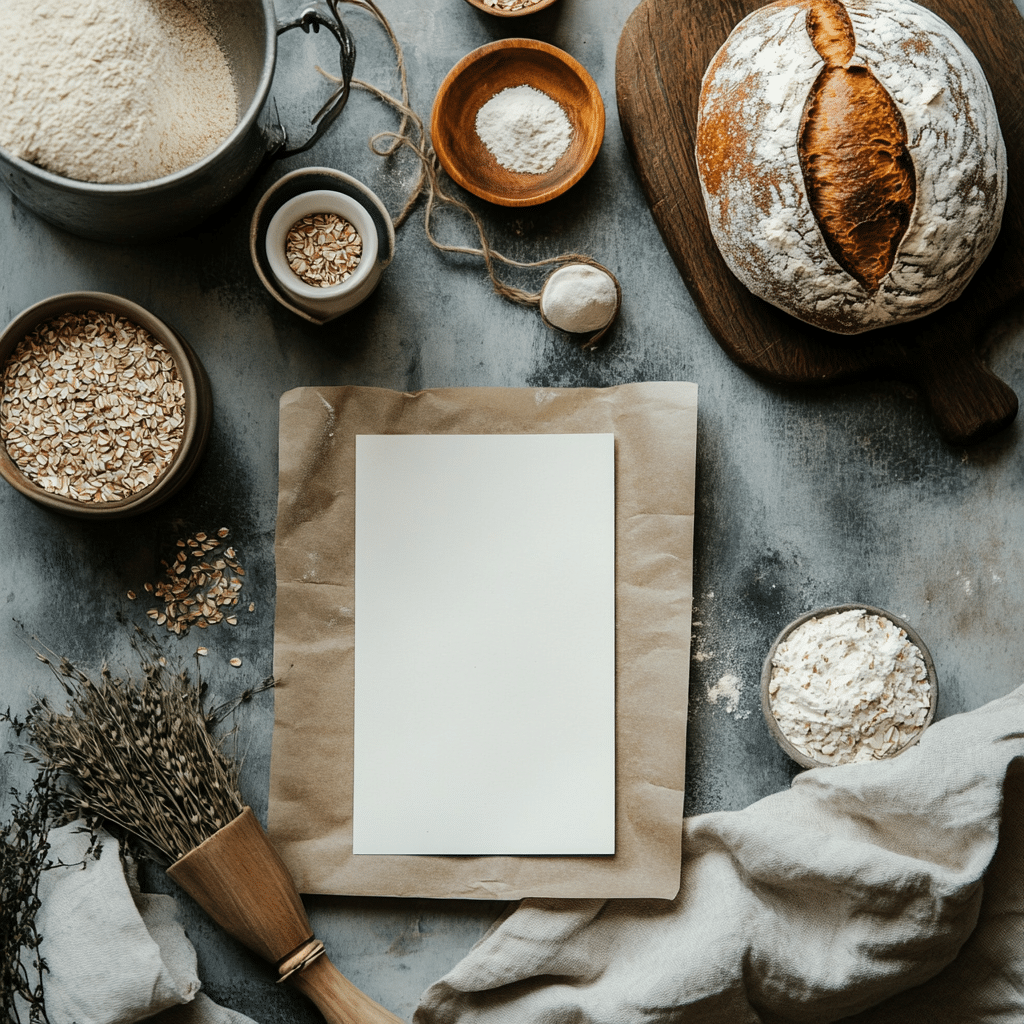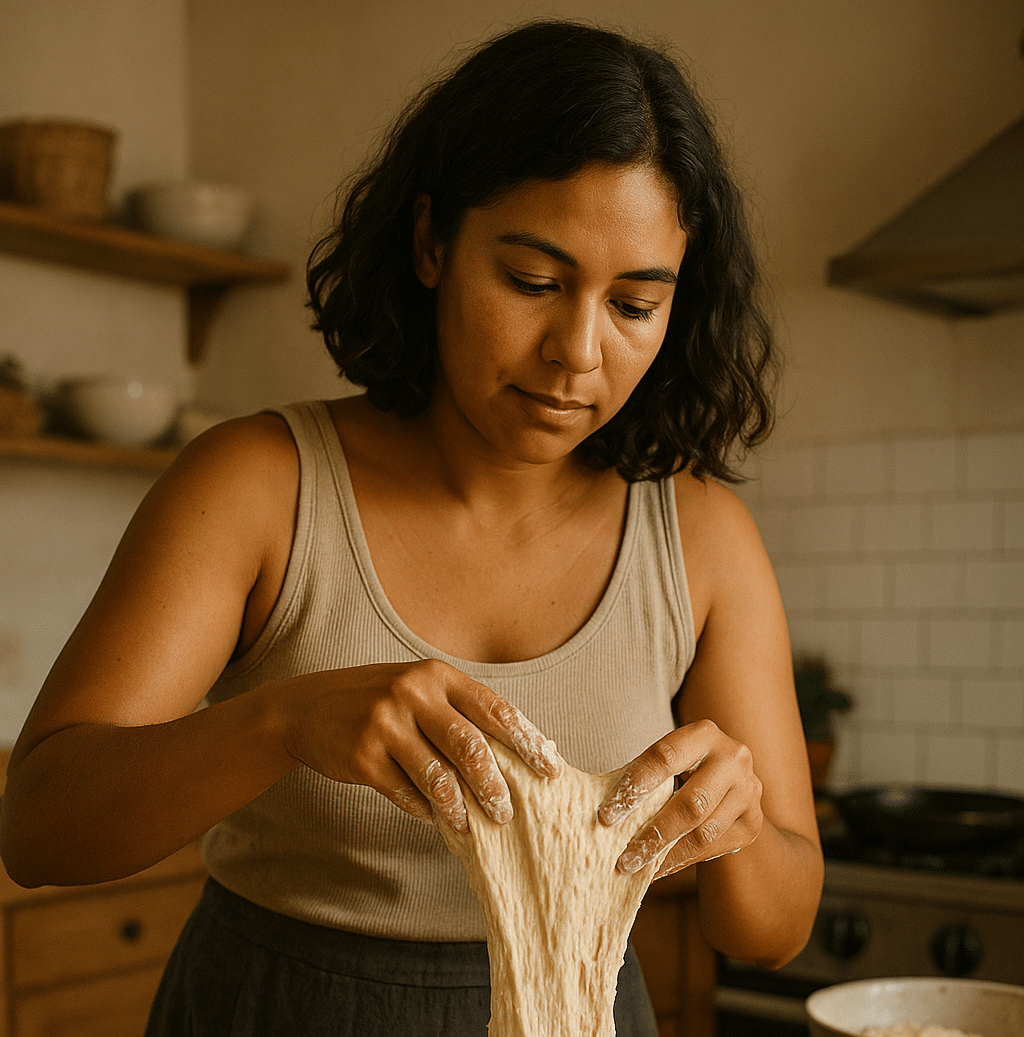Spelt sourdough is where rustic meets nourishing. In this article, we’ll dive into a foolproof recipe for spelt sourdough bread, one that’s approachable for beginners and satisfying for seasoned bakers. You’ll discover how to use spelt flour in a sourdough context, how it affects your dough, and the optimal ratios for flavor and strength. We’ll also answer common questions like whether you can start or feed a sourdough starter with spelt, and whether spelt is one of the healthiest flours for your loaf. Let’s begin with the story behind why this recipe matters.
Why Spelt Makes Sourdough Even Better
Ancient grain, modern heart: why I fell for spelt sourdough
I still remember the first time I swapped in spelt. My starter was sluggish after a stretch of neglect, and I reached for what I had—freshly milled whole spelt flour from a farmer’s market. I didn’t expect much. But the moment that loaf came out of the oven—crackly crust, nutty aroma, tender golden crumb—I was hooked. The tang of sourdough met the mellow depth of spelt in a way I’d never tasted before.
Spelt flour doesn’t just bring character—it brings a story. It’s an ancient grain, softer on the gut than modern wheat, and rich in trace minerals. That loaf helped me see sourdough differently—not just as bread, but as something deeply grounding. If you’ve ever found yourself eyeing spelt in the flour aisle, wondering how it fits in your bake, this is the place to start.
What makes a great recipe for spelt sourdough bread?
Great spelt sourdough starts with balance. Spelt has less gluten than bread flour, which makes it beautifully tender but prone to spreading if overhydrated. This recipe keeps hydration modest—around 70%—and blends whole spelt with a touch of strong bread flour to give structure without losing that spelt personality.
We’ll walk through a no-fuss stretch-and-fold method that works even if you’re short on time. If you’ve ever worked with a no-starter sourdough recipe or made sourdough without a starter, you’ll feel right at home here. Just like those recipes, this spelt loaf is all about trusting the dough and enjoying the ride.
Getting the Right Mix: Spelt in Your Dough and Starter
Can you use spelt in your sourdough starter? Absolutely—here’s how.
Yes, you can absolutely build or feed a sourdough starter with spelt flour. In fact, spelt’s naturally occurring sugars make it incredibly starter-friendly. Its fermentable nature gives your starter an energetic lift, often bubbling up faster than all-purpose flour. But there’s a tradeoff: spelt ferments quickly, and if you’re not paying attention, it can overproof.
That’s why some bakers prefer to blend. A 50/50 mix of spelt and bread flour in your starter can deliver both the lively activity of spelt and the staying power of stronger wheat. I’ve used this combo especially when reviving sluggish cultures—after discovering moldy signs in my starter, a gentle spelt refresh brought it right back.
If you’re starting from scratch, you can go 100% spelt—just keep feedings regular and consider twice-daily refreshes during warm months to prevent souring too fast.
How much spelt to add to your sourdough recipe
For most bakers, a spelt ratio between 30% to 60% is a sweet spot. Go above that, and you’ll get a softer, more cake-like crumb—delicious, but a bit harder to shape and score. In this recipe, we use 60% whole spelt and 40% bread flour, striking the right balance between that earthy taste and reliable structure.
Here’s a general rule of thumb you can bookmark:
| Spelt % | Effect on Dough |
|---|---|
| 25–40% | Adds flavor, keeps structure tight |
| 40–60% | Balanced crumb, mild nutty profile |
| 70–100% | Delicate dough, very soft crumb |
As with any sourdough experiment, try a mix that fits your comfort zone and adjust over time. Whether you love airy crusts like sourdough ciabatta or denser loaves, spelt gives you options.
Why Spelt Might Be the Healthiest Flour for Sourdough
Is spelt the healthiest flour for sourdough bread? Let’s break it down.
When it comes to choosing the healthiest flour for sourdough, spelt earns a top spot. It’s not just hype—it’s backed by how our bodies respond to it. Spelt is an ancient grain, meaning it hasn’t been hybridized like modern wheat. That gives it a unique nutritional profile: higher in protein and fiber, and packed with essential minerals like magnesium, zinc, and iron.
Spelt also contains a more water-soluble form of gluten. While it’s not gluten-free, many people with mild wheat sensitivities find it easier to digest. In the context of sourdough, where long fermentation already reduces gluten and phytic acid, spelt becomes even more gut-friendly.
Some bakers rotate in spelt when making breads like sourdough pretzel bread or discard bakes like cinnamon roll bites to give their recipes a nutritional upgrade without sacrificing comfort.
If you’re looking to support digestion, boost nutrients, and still enjoy a rich, flavorful crumb, spelt is a smart move. Just make sure you’re using whole grain spelt flour—it’s where all the good stuff lives.
What does spelt taste like in sourdough?
Spelt brings warmth to the table. It tastes slightly sweet, earthy, and nutty—almost buttery once baked. Compared to typical white or whole wheat flour, spelt has a depth that doesn’t overpower, but enhances the classic sourdough tang.
In texture, spelt sourdough leans tender. You’ll notice it bakes up with a more delicate crumb, especially if you push the hydration. Toasted, it’s perfection. Topped with salted butter or avocado, it feels like a meal on its own.
For anyone who’s tried no-waste bakes or lighter loaves, spelt is a natural next step—simple, nourishing, and full of personality.
Step-by-Step Recipe for Spelt Sourdough Bread

Simple, nourishing, and naturally delicious
This is the recipe I come back to every season. It’s flexible enough for weeknights and forgiving for new bakers. You’ll need an active starter (spelt-based or not), whole spelt flour, bread flour, salt, and water. With a few stretch-and-folds, an overnight cold proof, and a hot Dutch oven, you’ll get that perfect crackling crust with a soft, golden crumb. Let’s go step-by-step.
Ingredients:
- 300g whole spelt flour
- 200g bread flour
- 375g water (about 75% hydration)
- 100g active sourdough starter
- 10g salt
Instructions:
1. Mix the dough:
In a large bowl, mix the flours and water until no dry bits remain. Let rest (autolyse) for 30 minutes.
2. Add starter and salt:
Mix in the sourdough starter and salt. Use your hands or a dough whisk to fully incorporate.
3. Bulk fermentation with folds:
Let the dough rest, covered, in a warm spot for 4–5 hours. Every 30 minutes for the first 2 hours, perform a stretch-and-fold or coil fold. The dough should become more elastic and structured.
4. Shape the dough:
Once bulk fermentation is done, turn the dough onto a lightly floured surface. Pre-shape gently, rest 15 minutes, then shape into a round boule.
5. Cold proof overnight:
Place shaped dough in a floured banneton or towel-lined bowl. Cover and refrigerate for 8–14 hours.
6. Bake:
Preheat oven to 475°F with Dutch oven inside. When ready, score the dough and bake covered for 20 minutes, then uncovered for 20–25 minutes. Let cool fully before slicing.
This recipe fits beautifully into a relaxed weekend schedule—just like our one-bowl sourdough method does.
FAQ Section
Is spelt good for sourdough?
Yes—spelt is excellent for sourdough! Its naturally sweet, nutty profile complements sourdough’s tang, and it ferments quickly thanks to its enzyme activity. Just keep hydration moderate and watch fermentation times closely.
Can I make a sourdough starter with spelt?
Absolutely. Spelt flour works beautifully for building or maintaining a sourdough starter. It creates a lively culture with a slightly sweet aroma. Keep feedings regular as spelt tends to ferment faster.
How much spelt to add to sourdough?
A 30–60% spelt ratio is ideal. This keeps the dough strong while letting the spelt’s flavor shine. This recipe uses 60% spelt for a balanced crumb with excellent flavor.
What is the healthiest flour for sourdough bread?
Whole spelt is among the healthiest. It’s less processed, higher in minerals, and easier to digest than modern wheat. When paired with long fermentation, it becomes even more nutrient-accessible.

Recipe for Spelt Sourdough Bread That Delivers Every Time
- Total Time: 6h 45m
- Yield: 1 loaf
- Diet: Vegetarian
Description
A nourishing and flavorful spelt sourdough bread with a rustic crust and soft, golden crumb. Perfect for everyday baking.
Ingredients
300g whole spelt flour
200g bread flour
375g water
100g active sourdough starter
10g salt
Instructions
1. Mix flours and water, rest 30 min.
2. Add starter and salt, mix to combine.
3. Bulk ferment 4–5 hours with folds.
4. Shape dough, rest 15 minutes.
5. Place in banneton and cold proof overnight.
6. Preheat oven and bake at 475°F for 45 minutes.
7. Cool before slicing.
Notes
Use whole grain spelt for full flavor and nutrition.
Reduce hydration slightly if dough feels too wet.
This dough benefits from a long cold ferment.
- Prep Time: 6 hours
- Cook Time: 45 minutes
- Category: Sourdough Bread
- Method: Baking
- Cuisine: Rustic





